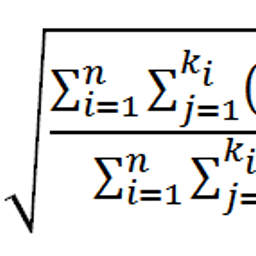The impact of precision uncertainty on predictive accuracy metrics of non-animal testing methods
Main Article Content
Abstract
The ability of non-animal methods to correctly predict the outcome of in vivo testing in repeated applications is referred to as precision. Due to dichotomizing continuous read-outs into discrete “positive/negative” hazard data, non-animal methods can reveal discordant classifications if results are sufficiently close to a defined classification threshold. This paper explores the impact of precision uncertainty on the predictive accuracy of non-animal methods. Using selected non-animal methods for assessing skin sensitization hazard as case study examples, we explore the impact of precision uncertainty separately and in combination with uncertainty due to varying composition and size of experimental samples. Our results underline that discrete numbers on a non-animal method’s sensitivity, specificity, and concordance are of limited value for evaluation of its predictivity. Instead, information on the variability and the upper and lower limits of accuracy metrics should be provided to ensure a transparent assessment of a testing method’s predictivity, and to allow for a meaningful comparison of the predictivity of a non-animal method with that of an animal test.
Article Details
Articles are distributed under the terms of the Creative Commons Attribution 4.0 International license (http://creativecommons.org/licenses/by/4.0/), which permits unrestricted use, distribution and reproduction in any medium, provided the original work is appropriately cited (CC-BY). Copyright on any article in ALTEX is retained by the author(s).


